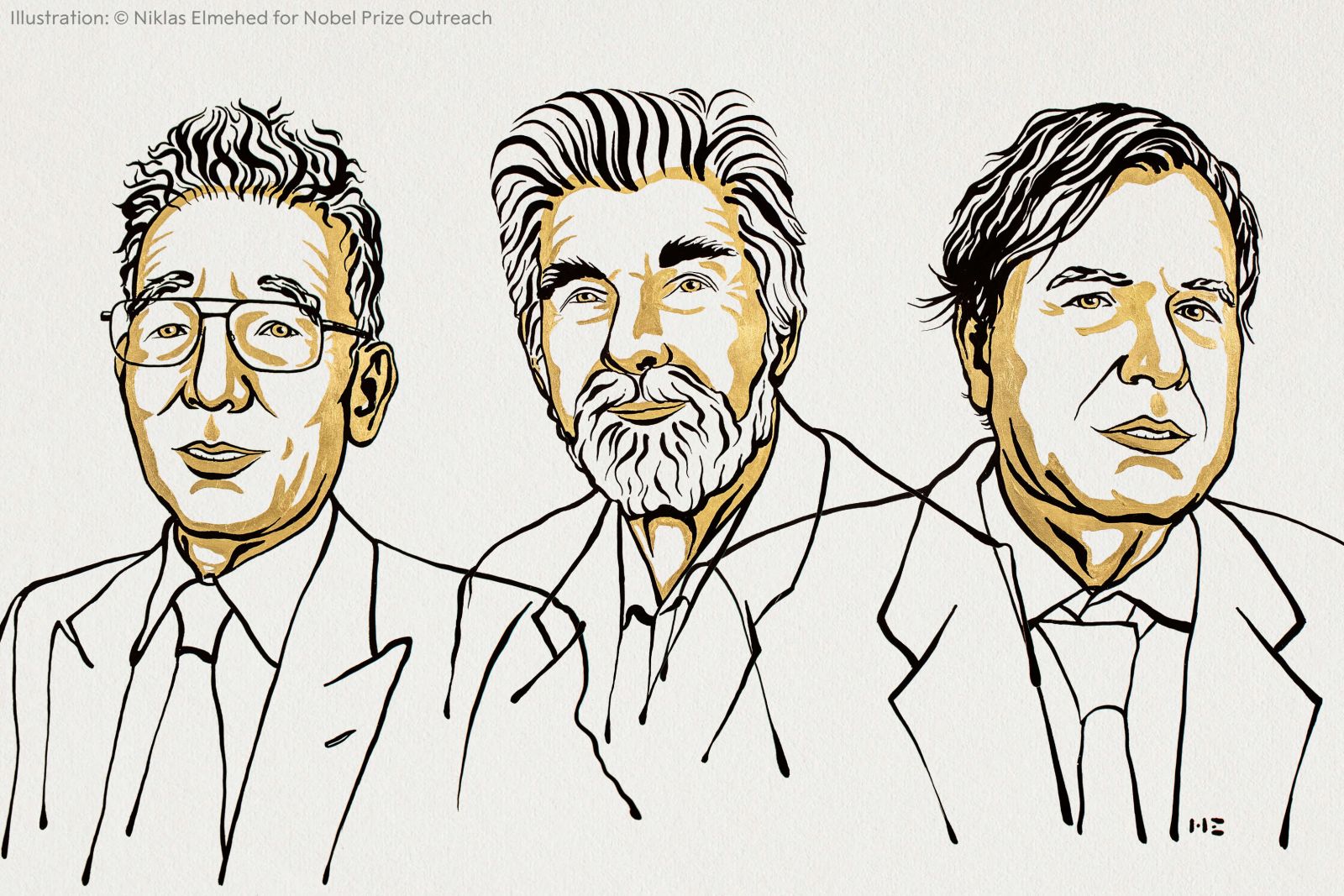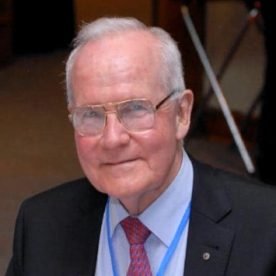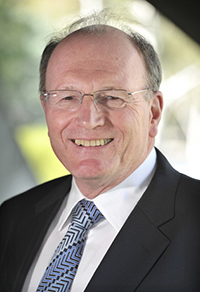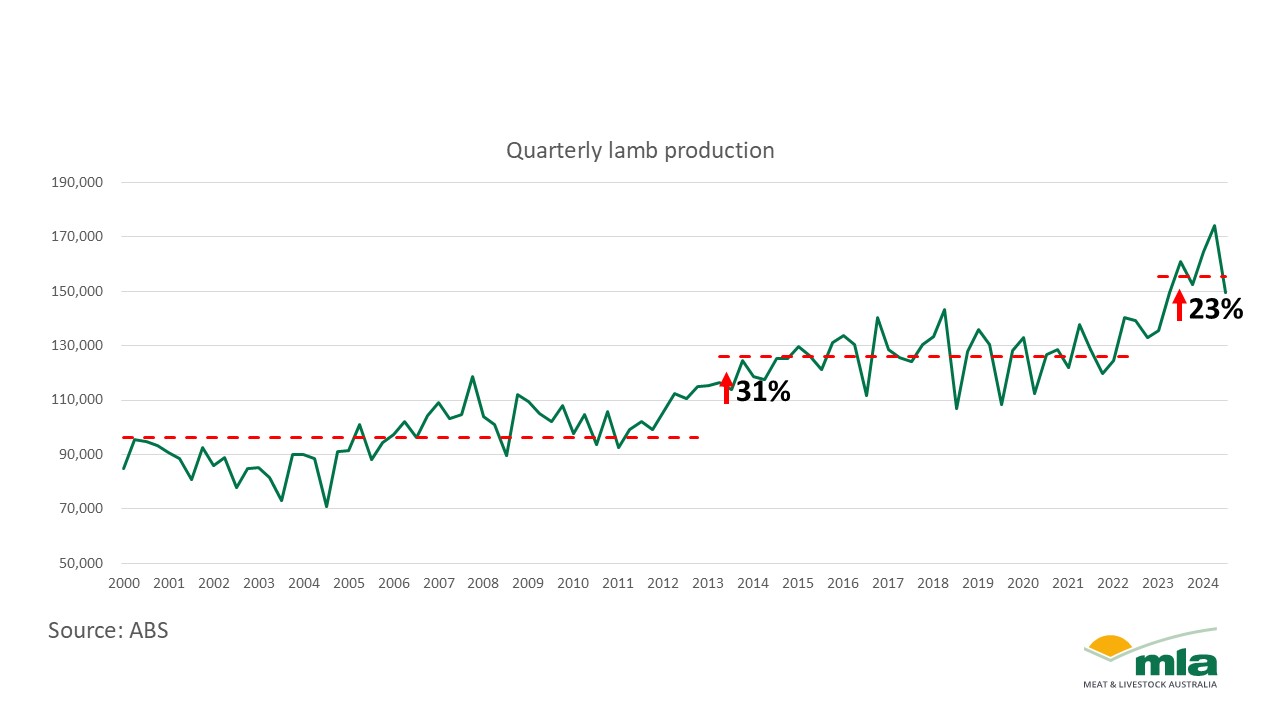
This week the three prestigious Nobel Prizes for science were announced for the fields of Physiology or Medicine, Physics, and Chemistry. Here’s how some of the Academy’s Fellows responded to the announcement.
The Nobel Prize in Physiology or Medicine 2021
The 2021 was jointly awarded to David Julius and Ardem Patapoutian “for their discoveries of receptors for temperature and touch”.

says:
For over 100 years, researchers have probed how sensory receptors in skin and muscle respond to different inputs, which nerve fibres and nerve cells transmit the signals to the spinal cord, which pathways carry the messages up the spinal cord to the brain, whether the signals are modulated during transmission, and how the arriving information is processed by the brain. Australia has a long history of seminal contributions in these areas of sensation.
The major gap in our knowledge lay in the precise mechanisms through which sensory receptors in skin and muscle translate the applied stimulus (mechanical, thermal, noxious, irritant) into nerve impulses. This gap has been filled by the seminal studies of the Nobel awardees and their research teams. They have identified the molecular changes that allow thermoreceptors to detect changes in temperature, nociceptors to detect noxious stimuli and mechanoreceptors to detect touch, pressure and displacement.
While the focus of the Nobel Prize is on sensation, this seminal research has opened up new avenues for exploration of other bodily functions. The importance of the discoveries is not just theoretical: they identify another mechanism through which sensation can be modulated, alleviating distressing symptoms in patients with peripheral nerve diseases or skin disorders. The promise of this research is that, based on the known underlying mechanisms, medications can now be developed to control, e.g., neuropathic pain, inflammation, excessive sensitivity. Hopefully, agents targeting ion channels on sensory receptors may not have the undesirable addictive properties of opiates.
The Nobel Prize in Physics 2021
This year’s was jointly awarded, with one half going to Syukuro Manabe and Klaus Hasselmann and the other half to Giorgio Parisi, “for groundbreaking contributions to our understanding of complex systems”.
The Nobel Prize for Physics was awarded this week with one half jointly going to Syukuro Manabe, Klaus Hasselmann and the other half to Giorgio Parisi.
They have laid the foundation of our knowledge of the Earth’s climate and how humanity influences it.
– Australian Academy of Science (@Science_Academy)
says:
It is wonderful to see the achievements of Manabe, Hasselmann and Parisi recognised. Their work showed that the complex system that is the Earth can be understood, and that the laws of physics can be used to anticipate the influence of human activities on climate.
While responding to climate change remains an immense challenge, we would be lost without their fundamental advances that have made it possible to make projections of future climate.
For Australia, which is more exposed to climate variability and change than many nations, their work has been of profound importance. The climate model developed and used in Australia can trace a direct lineage to the models developed by Manabe and colleagues at the Geophysical Fluid Dynamics Laboratory in Princeton, and we continue to work closely with them.
Physics of the Earth system has not always been recognised as a legitimate topic for a serious physicist. To see the Nobel Prize in Physics go to earth scientists is recognition of both the difficulty and relevance of understanding how the earth works.
The Nobel Prize in Chemistry 2021
The 2021 was jointly awarded to Benjamin List and David MacMillan “for the development of asymmetric organocatalysis”.

says:
The Prize recognises the importance of sterocontrolled organic synthesis. Many pharmaceutical drugs and agrochemicals are manufactured in this manner. Most are chiral, meaning that they can exist in two non-superimposable mirror image forms, just like our hands.
The drug thalidomide was found to cause distressing limb defects in babies born to women who had taken thalidomide to relieve morning sickness. It was withdrawn in 1961, and the cause of the birth defects was attributed to the fact that one of the two mirror image forms of the thalidomide molecule damaged the developing foetus.
It therefore became essential that pharmaceutical companies identified and used just one of the two possible mirror image forms. It is here that organocatalysis comes to the rescue. A catalyst accelerates a reaction without being consumed. Asymmetric organocatalysis involves molecular catalysts of a chemical reaction that deliver just one of the two possible mirror image forms of a chiral product. These organocatalysed reactions can now make single mirror image forms of numerous molecules more efficiently than enzymic processes. Organocatalysis is replacing metal-mediated catalysis in synthesis, thus leading to more sustainable manufacturing processes. It is practised widely in Australian universities, in CSIRO and industry.








